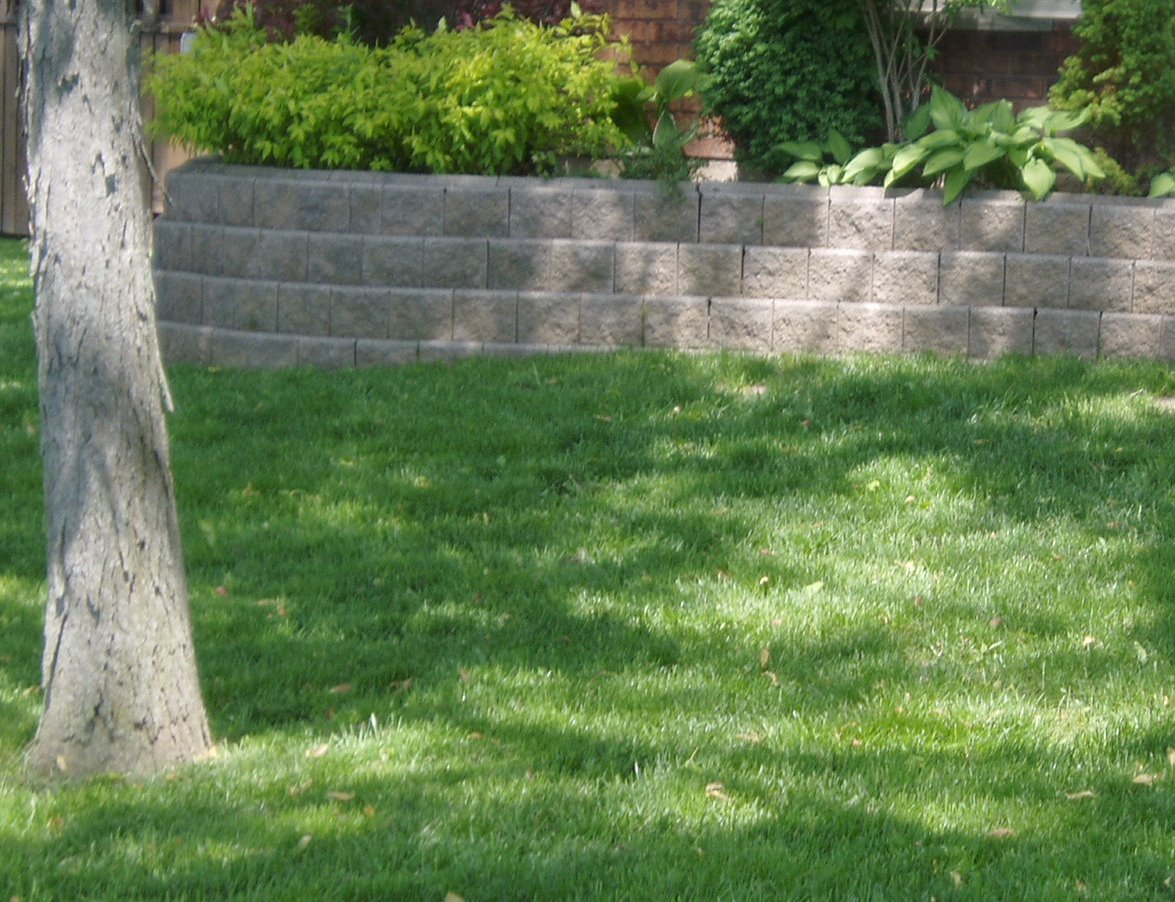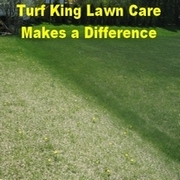When you see a beautiful lawn in the shade, you can be sure that it has been given extra care. Grass can grow in the shade, but it will need special attention from you.
Needs of Grass
No matter how good a soil or seed you use, your lawn needs at least three to four hours of direct sunlight or filtered sunlight all day during the growing season. If your lawn doesn't receive enough light, it becomes weak and more susceptible to diseases. In the end, the grass thins out and is replaced with bare soil or shade-loving weeds.
Grass in shaded areas should be cut 1/2 inch higher than grass in full sun to allow greater leaf surface to utilize available light.
Grass and trees compete for food and water
Tree roots compete with grass for moisture in the soil. The grass doesn’t grow well if not enough water is provided. Periodically check your lawn in shady areas to see that it is kept moist, especially during the drier summer and early fall months. Despite rain, the canopy of the trees may keep moisture from the lawn below and a sprinkling might be necessary. Trees also take nutrients out of the soil. Therefore, shady areas may need extra fertilizer to allow the development of stronger roots. More sunlight will reach the lawn by pruning of trees and shrubs throughout the year. One method is to thin out branches to allow more filtered light. Often just removing the lower branches of a tree will allow enough sunlight to reach the lawn and keep the grass growing well.
When to plant in the shade
Overseed shady areas to increase the grass population. In very heavy shade, this may need to be done each year.
Make sure to use a quality shade grass seed mix. The best time to plant seed in the shade is the early spring, before the leaves come on trees. This allows them to get maximum sun for germination. There is also no problem from falling leaves to smother young grass seedlings.
The next best time is August. This will allow seedlings to become established before leaves begin to fall. Be sure to provide adequate water.
Too much shade
In deep shade areas, such as woods or near the north side of a building, there may not be enough light to sustain any growth of grass. It would be wise to consider a ground cover such as myrtle, ivy, or trailing euonymus that grow well in shade.
Other problems
In shady areas, mildew diseases may be more prevalent. Pruning can reduce shade and increase air flow to combat mildew.
Moss can also be a problem in shady areas. Moss is present due to shade, acidity, poor drainage, or lack of nutrients.
On the positive side, most insect problems are reduced on shady lawns.
If you have a lawn/tree/shrub that needs some Tender Loving Care- get The KING OF GREEN:
or call us at 905.318.6677 or 1.888.TURFKING (887.3546)
If you would like more information, please Contact us
Follow us on Twitter http://twitter.com/turfkingofgreen
Copyright 2012 Turf King-Hamilton. All Rights Reserved.











